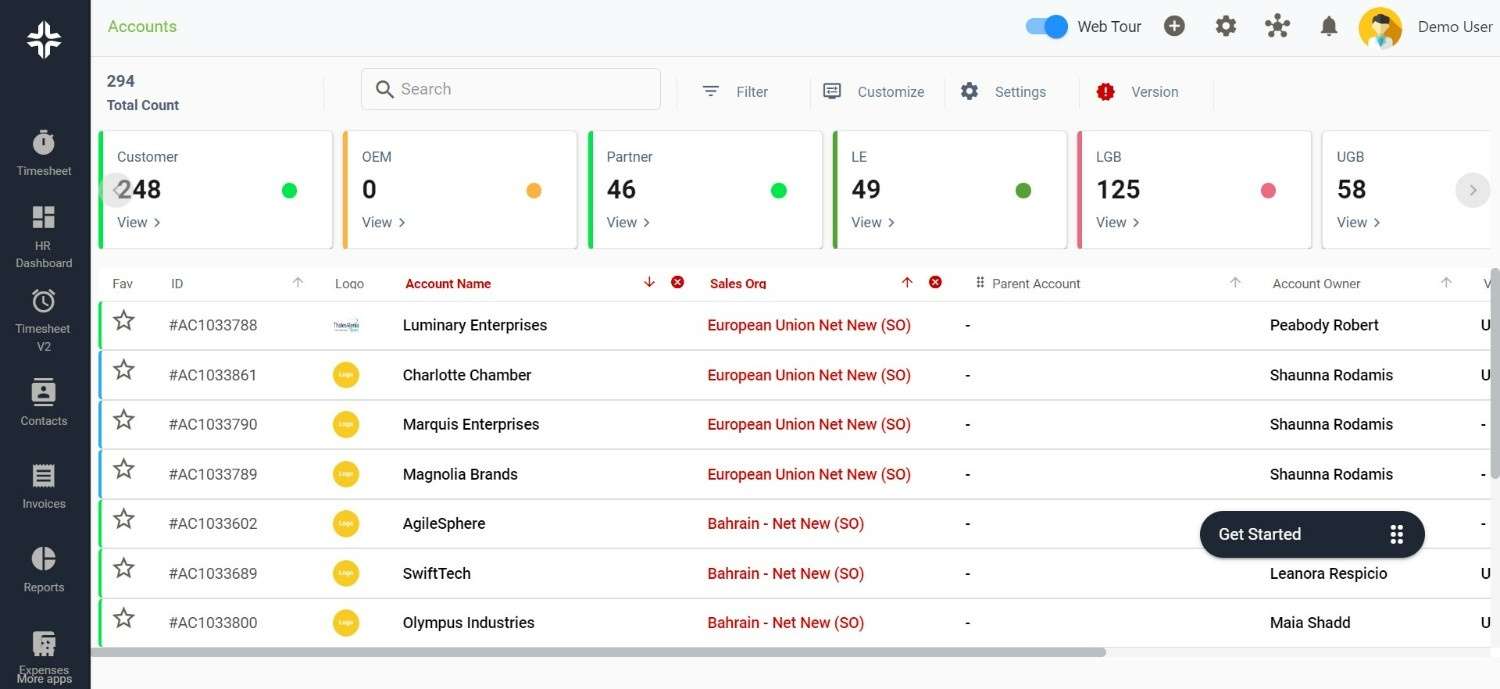Home » PSApedia
Customer Churn
Discover Strategies and Solutions and reduce Customer Churn and Boost Retention.

What is Customer Churn?
Customer Churn, often referred to as “attrition”, is a metric that gauges the number of customers or clients who cease their relationship with a company in a specific period. Whether it’s opting out of a subscription service, switching to another brand, or ending a membership, churn is an inevitable part of business. However, understanding and minimizing this factor can be game-changing for growth and sustainability.
Customer churn refers to the percentage of customers who stop using a company’s product or service during a particular time period. It’s a vital metric for businesses, as retaining existing customers is often more cost-effective than acquiring new ones. A high churn rate can indicate customer dissatisfaction, while a low rate suggests strong customer loyalty.
Why is Customer Churn Important?
Customer retention is typically more cost-effective than acquiring new customers. When a customer churns, not only does the company lose the revenue that the customer would bring, but they also lose the invested resources they used to acquire and serve that customer.
Moreover, high customer churn can indicate deeper problems within the business, such as product issues, poor customer service, or inadequate project management. Analyzing churn can provide valuable insights and guide strategies for improving customer satisfaction and loyalty.

Importance of Customer Churn
How to Calculate Customer Churn?
Formula:
Customer Churn Rate =(Number of Customers at the Start of Period−Number of Customers at the End of Period)/Number of Customers at the Start of Period
Example:
If you start the month with 100 customers and end with 90, your churn rate would be:
(100−90)/100=10
The Impact of Customer Churn on Business Finances
Losing customers directly impacts your bottom line. Churn can lead to decreased revenue, increased marketing costs, and lower financial stability. Effective financial management is essential to monitor and combat the negative effects of churn on your profits.
A growing churn rate can also make it challenging to forecast future revenue, making business planning and resource allocation harder. This could further lead to mismanagement of resources, especially if you’re not utilizing efficient resource management software.
Customer Churn vs. Customer Retention
Customer Churn and Customer Retention are both critical metrics in understanding a business’s health and its relationship with its customers. Churn refers to the rate at which customers stop doing business with an entity in a given period. It’s an indicator of customer dissatisfaction, ineffective marketing, or fiercer competition.
Retention, on the other hand, measures the rate at which existing customers continue doing business with the company. A high retention rate generally points to customer satisfaction, loyalty, and successful customer relationship management.
| Aspect | Customer Churn | Customer Retention |
|---|---|---|
| Definition | Rate at which customers leave or stop purchasing from a business. | Rate at which a company keeps its existing customers over a period. |
| Indicates | Customer dissatisfaction, ineffective strategies, or stronger competition. | Customer satisfaction, loyalty, and strong relationship management. |
| Desired Rate | Low | High |
| Measurement | Typically expressed as a percentage, indicating the portion of customers lost in a period. | Typically expressed as a percentage, showing the portion of customers retained in a period. |
| Impact on Revenue | Direct loss of revenue and increased costs due to acquisition efforts. | Stability in revenue and potential for upselling and cross-selling. |
Strategies to Minimize Customer Churn
Reducing customer churn involves a combination of effective communication, understanding customer needs, and providing value consistently.
1. Implement Effective Customer Support: Using tools like ticket management software ensures issues are addressed promptly.
2. Feedback Mechanisms: Regularly collect and act on feedback. Tools like KEBS Employee 360 can be instrumental.
3. Tailored Marketing: Personalized approaches based on customer behavior and preferences can boost loyalty. This involves understanding your sales pipeline effectively.
4. Offer Loyalty Programs: Rewards and incentives can often prevent customers from leaving.
5. Provide Continuous Value: Ensuring that customers derive continuous value from your service can deter them from churning. Regular training, webinars, and resources, such as insightful can be beneficial.
Ready to Reduce Your Customer Churn?
Monitoring and addressing customer churn is vital for sustainable business growth. With KEBS’s suite of tools, from proposal builders to comprehensive PSA software, you can get a holistic view of your operations and ensure customer satisfaction.

KEBS Deal Management
Intrigued? Dive deeper into how KEBS can support your business’s growth. Schedule a demo today or contact us for personalized advice.



